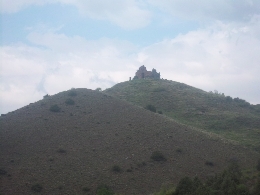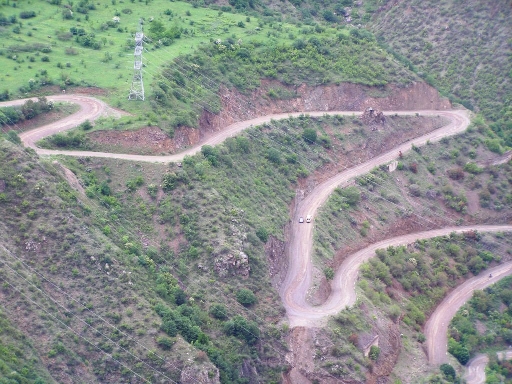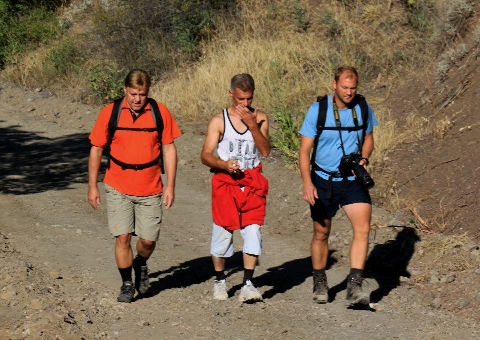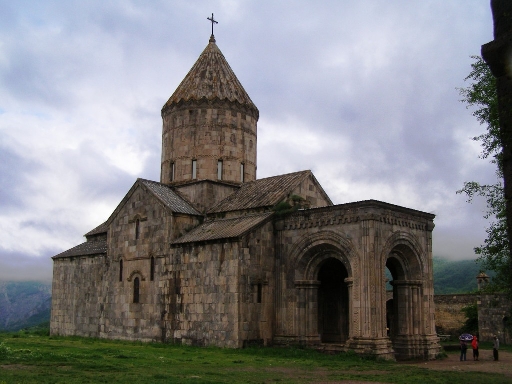гид-экскурсовод, личный водитель, переводчик, фотограф, шоппинг-консультант, консультант по недвижимости

Культурный
Day 1: City tour of Yerevan
Points of interest: Matenadaran, Cascade, Opera House, Republic Square, Genocide Museum, Gum Market. Overnight in Yerevan.
Day 2: Yerevan
Garni...
подробнее

Hiking tour
Private hiking tour of Armenia - 10 days
Day 1:
City tour of Yerevan and overnight in Yerevan.
Day 2:
Drive to the Armenian monastery Khor Virap near the border of Turkey and...
подробнее

велосипедный
Day 1:
We will start our cycling tour as we pass the Yerevan border. Then we will visit the Khor Virap monastery where we will have a nice mountain view at the Mount Ararat, near...
подробнее

Горный
Day 1:
City tour of Yerevan and overnight in Yerevan.
Day 2:
Drive to the Armenian monastery Khor Virap near the border of Turkey and enjoy a nice view of legendary mountain...
подробнее

культурный
Day 1: City tour of Yerevan
Points of interest: Matenadaran, Cascade, Opera House, Republic Square, Genocide Museum, Gum Market. Overnight in Yerevan.
Day 2: Yerevan
Garni...
подробнее





